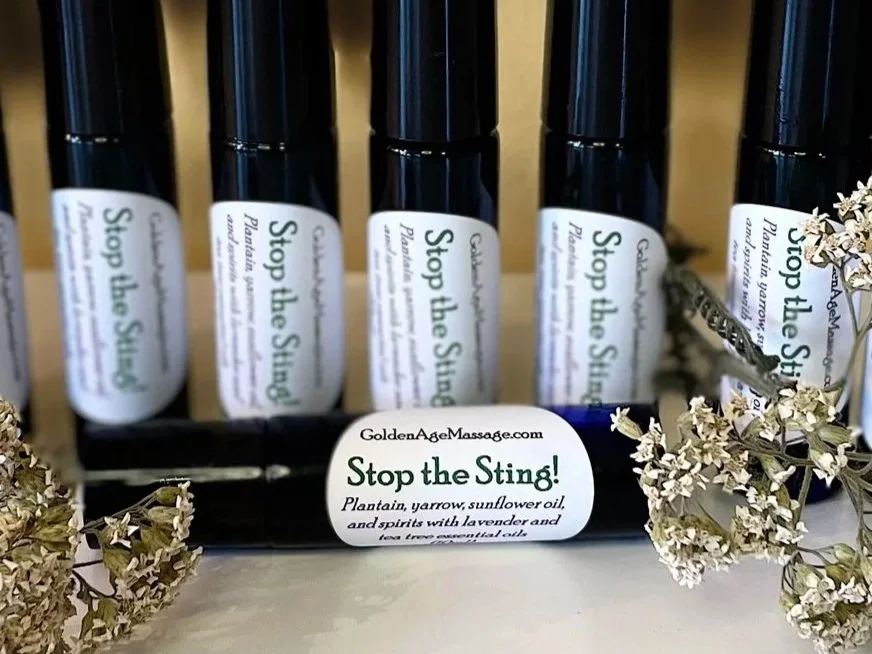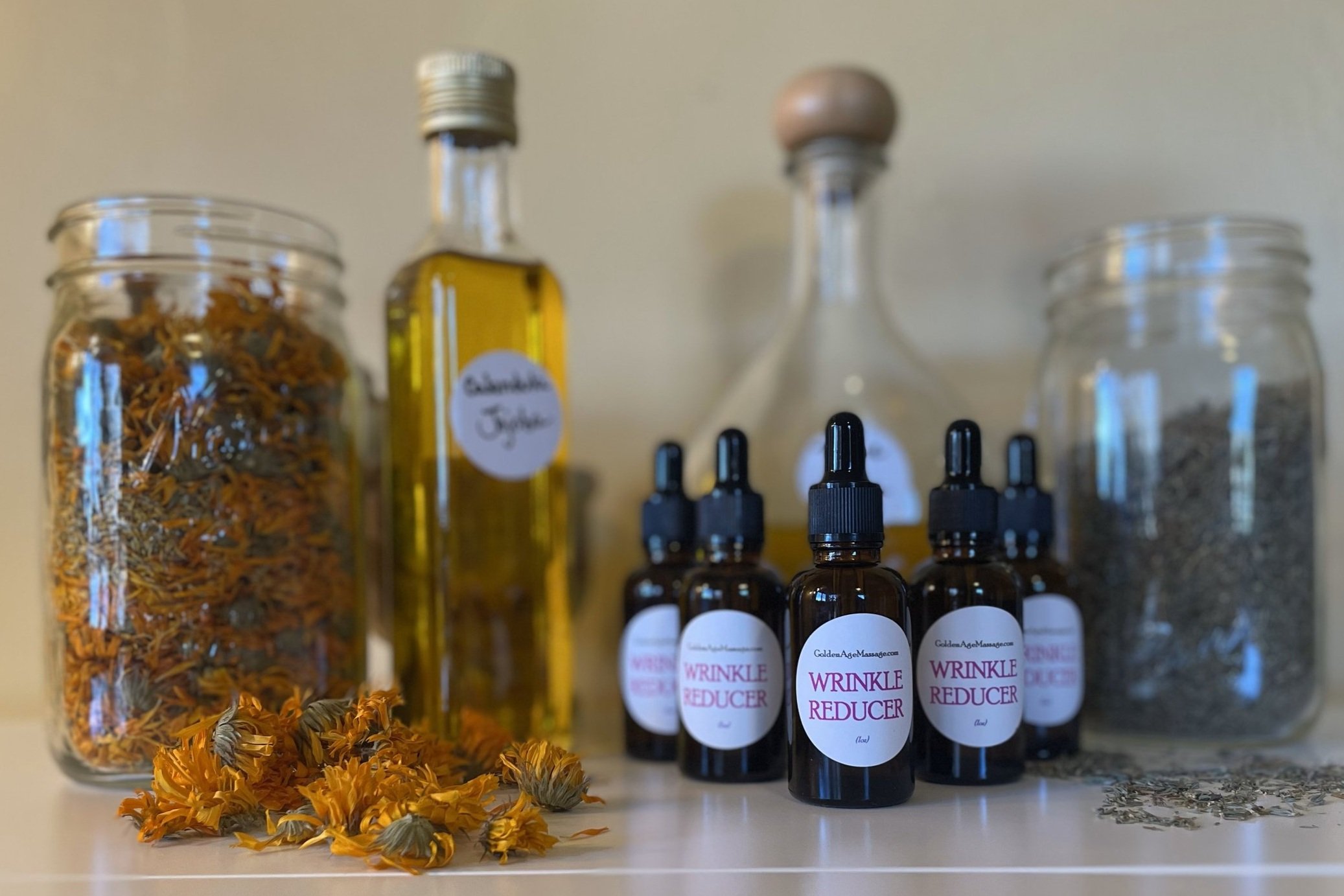Natural Remedies for Coughs and Congestion
/It’s that season again—coughs and congestion come back with the cold, dry weather in the north. If you’re looking for a natural route to clearing air passages, you have to investigate the cause.
For episodic congestion as occurs with a cold, a vapor rub with eucalyptus and peppermint should do the trick. Eucalyptus contains a compound called 1,8-cineole that reduces mucus and has anti-inflammatory properties that can soothe irritation. Menthol is the active constituent in peppermint which helps your nasal passages feel more open by its cooling effect.
Golden Age makes Cough Be Gone vapor rub with eucalyptus and peppermint and other airway-clearing essential oils. Rub it on your chest of the soles of the feet where pores are the largest.
Coughs that extend beyond the time of a cold call for multiple approaches. One of the most common causes of continual cough is postnasal drip, extra mucus that drips from the nose down the back of the throat, also known as Upper Airway Cough Syndrome (UACS).
Here are some ideas for combatting UACS:
· Drink hot fluids to thin mucus and moisturize the nasal lining. Use herbs in your tea that specifically target a cough: Mullein, which soothes irritated tissues; Thyme, with its anti-inflammatory compounds; Peppermint; Ginger, a potent antibacterial and anti-inflammatory; Marshmallow root, used as an expectorant and to coat the throat; and Horehound, an effective expectorant for loosening mucus.
· Use steam therapy with camphor-containing essential oils. Camphor is a decongestant, anti-inflammatory, and antispasmodic that will relax the chest muscles. Essential oils that contain camphor include white camphor, rosemary, lavandin, and spike lavender. You can diffuse the oils using a diffuser, a shower steamer, or by putting a towel over your head and leaning over a bowl of steaming water.
· Daily irrigation of the nasal cavity helps clear out dust and microbes that have settled there.
· Elevate your head while lying down to use gravity to drain mucus from nasal passages. Pay attention to ergonomics to avoid neck and shoulder pain, keeping the spine in a straight line with natural curves.





























































